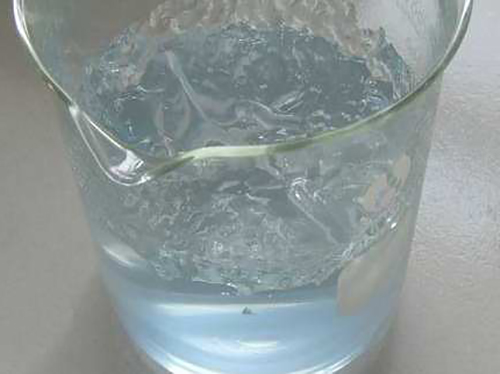Development and Applications of HEDP Phosphonate in Modern Chemistry and Industry
Understanding HEDP Phosphonate Its Applications and Benefits
Introduction
HEDP, or Hydroxyethylidene Diphosphonic Acid, is a phosphonate compound that has gained significant attention in various industries due to its remarkable properties. This article delves into the structure, characteristics, and diverse applications of HEDP, highlighting its importance in fields such as water treatment, corrosion inhibition, and agriculture.
Structure and Chemical Properties
HEDP is a highly efficient organophosphorus compound characterized by its two phosphonic acid groups. Its chemical formula is C2H8O7P2, and it features a unique structure that enhances its affinity for metal ions. The presence of hydroxyethyl groups imparts solubility characteristics, making HEDP an effective chelating agent. This property allows it to form stable complexes with various metal ions, including calcium, magnesium, and iron, which is crucial in its applications.
Applications in Water Treatment
One of the most prominent uses of HEDP is in water treatment processes. Water systems often face challenges related to scaling and corrosion, primarily due to the presence of calcium and magnesium ions. HEDP serves as a scale inhibitor, effectively controlling the formation of deposits in cooling towers, boilers, and pipelines. By chelating metal ions, HEDP prevents them from crystallizing and forming hard scales, thereby improving the efficiency and lifespan of water systems.
In addition to scaling inhibition, HEDP is also utilized as a corrosion inhibitor. It forms protective films on metal surfaces, reducing the rate of corrosion in industrial systems. HEDP’s ability to stabilize metal ions enhances its performance in treating water used in various processes, such as power generation and manufacturing.
hedp phosphonate

Agricultural Applications
Beyond its role in water treatment, HEDP is increasingly recognized in the agricultural sector. The compound serves as a chelating agent for essential nutrients, particularly in fertilizers. By binding with metal ions like iron, zinc, and manganese, HEDP improves the bioavailability of these nutrients to plants. This is particularly beneficial in soils with high levels of calcium or other competing ions that can hinder nutrient uptake.
HEDP’s application in agriculture not only boosts crop productivity but also reduces the environmental impact of excess fertilizers. By enhancing nutrient efficiency, HEDP minimizes the risk of nutrient runoff, thereby promoting sustainable agricultural practices.
Benefits and Safety
The benefits of HEDP extend beyond its functional applications. It is recognized for its low toxicity and environmental compatibility compared to other phosphonates. HEDP is not classified as hazardous by regulatory agencies, making it a safer alternative for industrial and agricultural use. This safety profile contributes to its widespread acceptance across various sectors.
Moreover, HEDP’s effectiveness at low concentrations signifies cost-efficiency in its applications. Industries can achieve desired outcomes without the need for excessive chemical usage, ultimately reducing operational costs and environmental footprints.
Conclusion
HEDP phosphonate stands out as a versatile compound with multifaceted applications in water treatment, agriculture, and beyond. Its ability to inhibit scaling and corrosion, coupled with its role as a nutrient chelator, demonstrates its significance across different industries. As the demand for sustainable and efficient solutions continues to rise, HEDP's adoption is likely to expand, highlighting its potential as a cornerstone in modern industrial practices. Given its safety profile and effectiveness, HEDP phosphonate not only supports operational excellence but also aligns with environmental stewardship, making it a valuable asset in our quest for sustainable development.
-
Water Treatment with Flocculant Water TreatmentNewsJun.12,2025
-
Polymaleic AnhydrideNewsJun.12,2025
-
Polyaspartic AcidNewsJun.12,2025
-
Enhance Industrial Processes with IsothiazolinonesNewsJun.12,2025
-
Enhance Industrial Processes with PBTCA SolutionsNewsJun.12,2025
-
Dodecyldimethylbenzylammonium Chloride SolutionsNewsJun.12,2025





